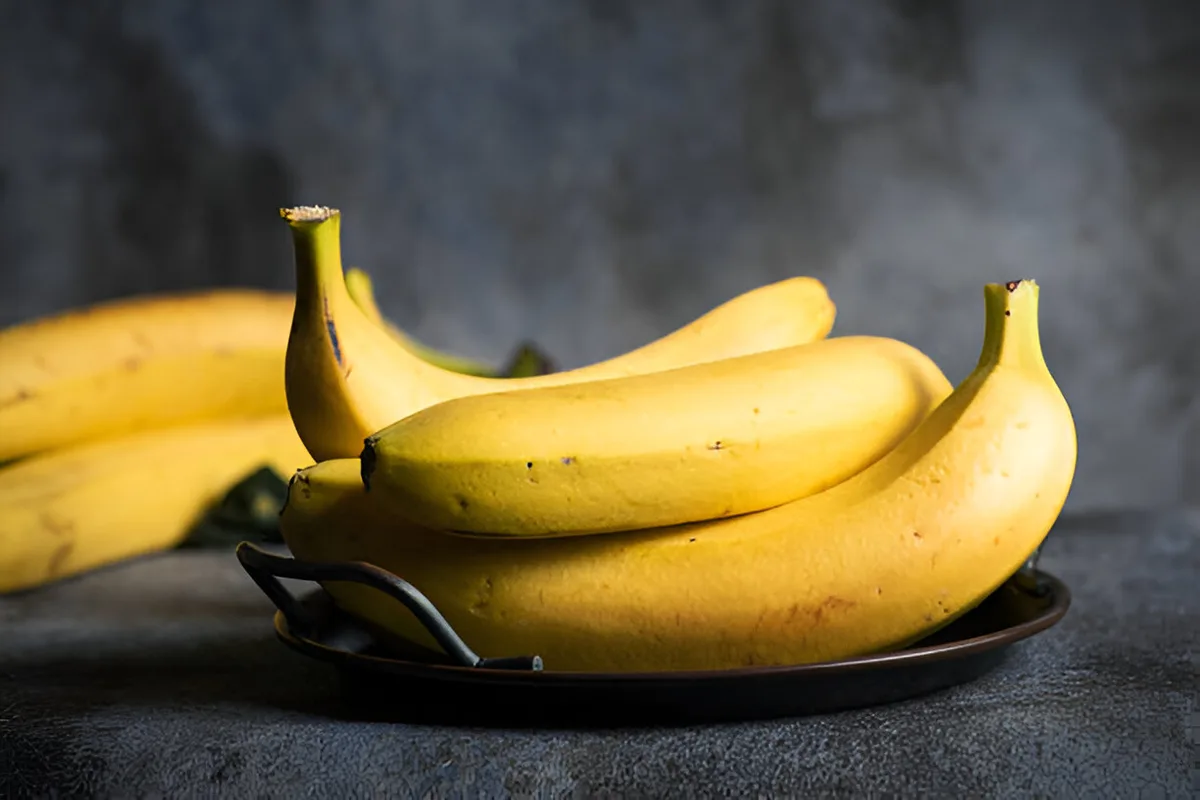Blog
Banana and Plantain

Plantain is the name of a large group of bananas, with over 100 varieties. The expression “bananas and plantains” has caused confusion about what plantains are. Contrary to popular belief, plantains are bananas. In many languages, such as Spanish, where the name plátano refers to both banana and plantain, the term is used interchangeably.
Bananas come in many varieties, grown for different purposes. Cavendish varieties can be eaten raw because they are sweet and easily digestible when ripe. Plantain varieties are suitable for cooking and are usually starchy when ripe and require boiling, frying or roasting to be consumed. Some varieties have dual uses.
3. What is the current volume of global banana production?
It is difficult to provide accurate figures on total global banana production because bananas are often grown by small farmers and traded in the informal sector, which is often untraceable. For example, about 70 to 80 percent of banana production in Africa is local bananas that have been present on the continent for over 1,000 years. These bananas are more common than the cooking varieties, which are a staple food for indigenous people. Available data indicate that between 2000 and 2017, global banana production grew at an annual rate of 3.3%, reaching a record 114 million tons in 2017, up from around 67 million tons in 2000.
Which countries are the largest producers of bananas?
Bananas are mainly produced in Asia, Latin America and Africa. The largest producers of bananas are India, which produced an average of 29 million tonnes per year between 2010 and 2017, and China, which produced 11 million tonnes per year. Production in both countries is mostly for domestic consumption. Other major producers include the Philippines, which produced an average of 7.5 million tonnes per year between 2010 and 2017, and Ecuador and Brazil, both producing an average of 7 million tonnes.

